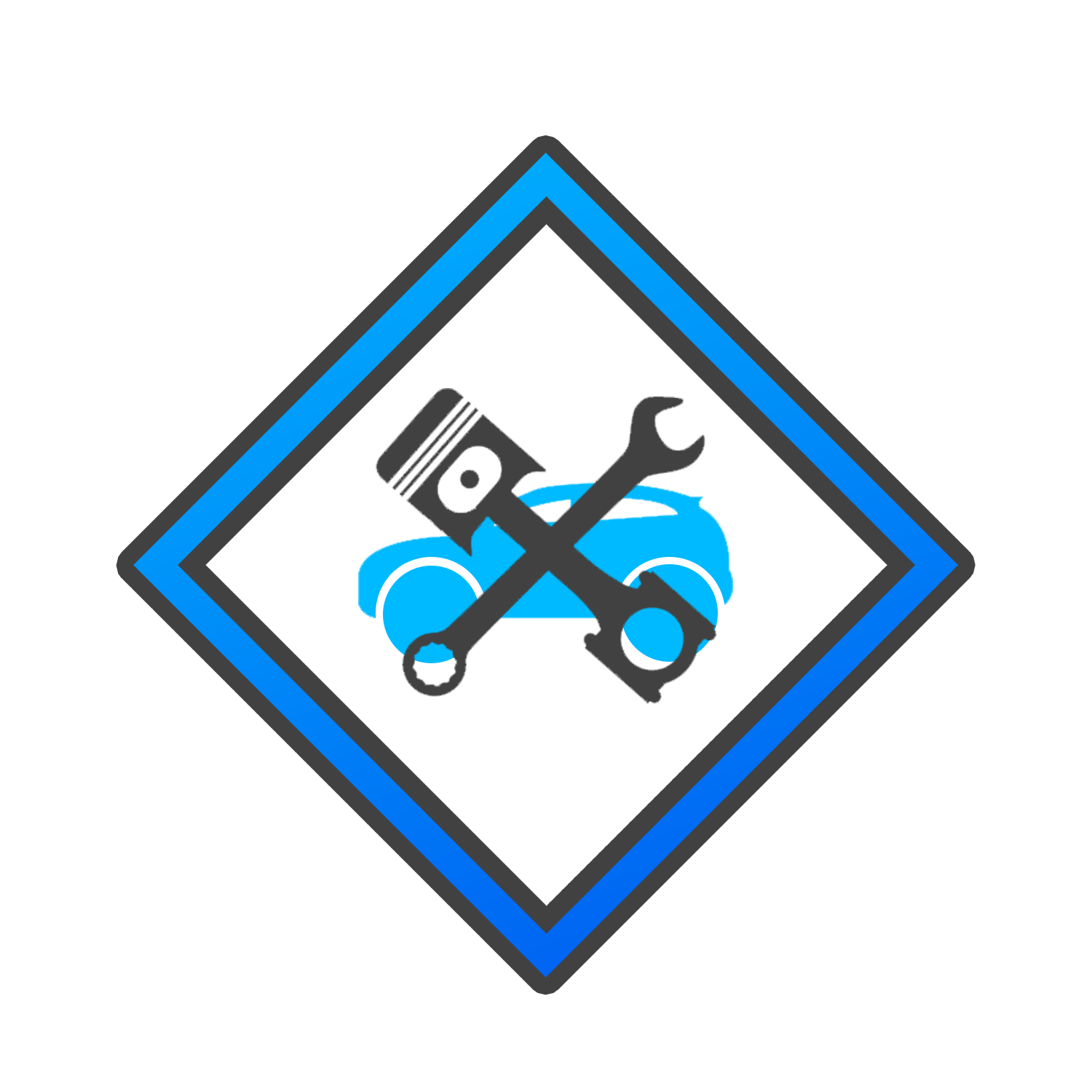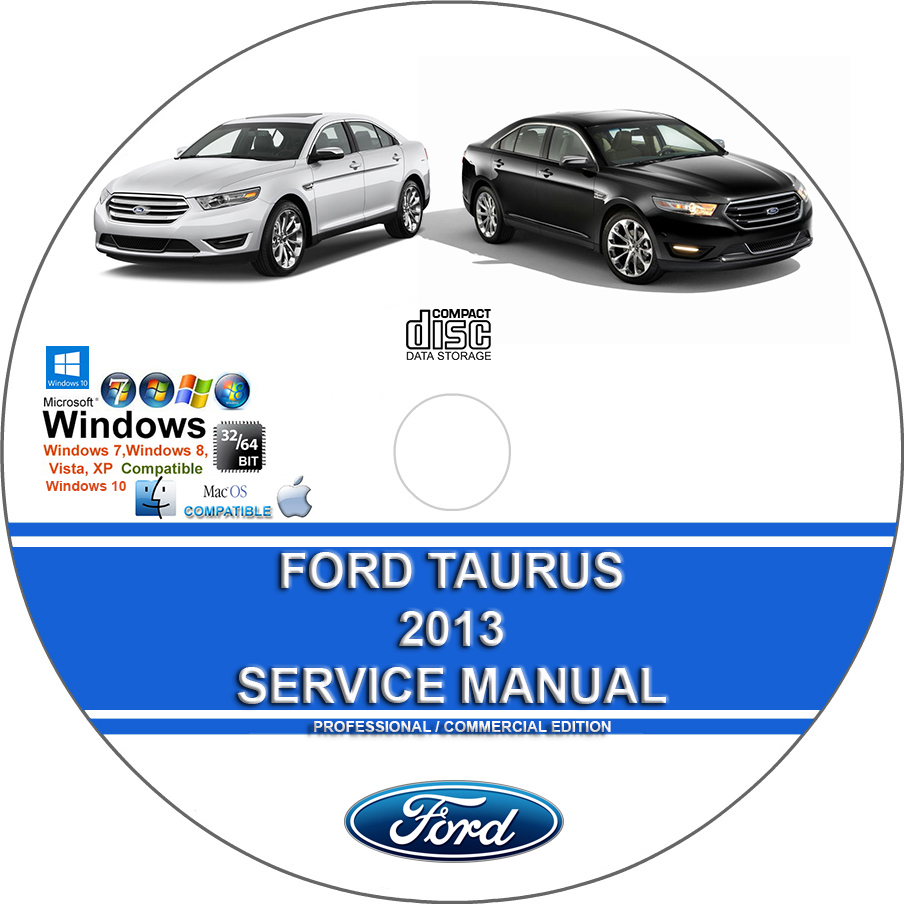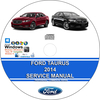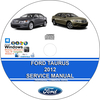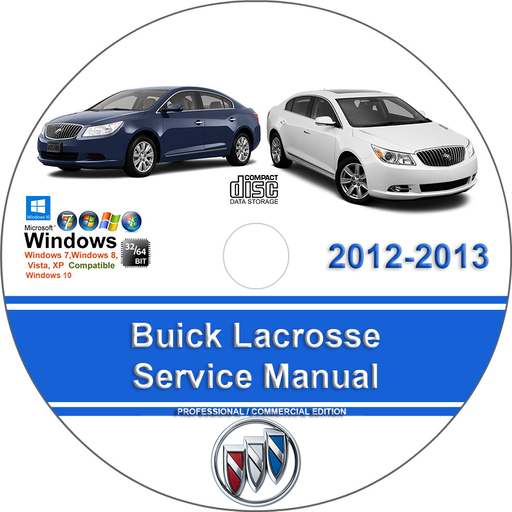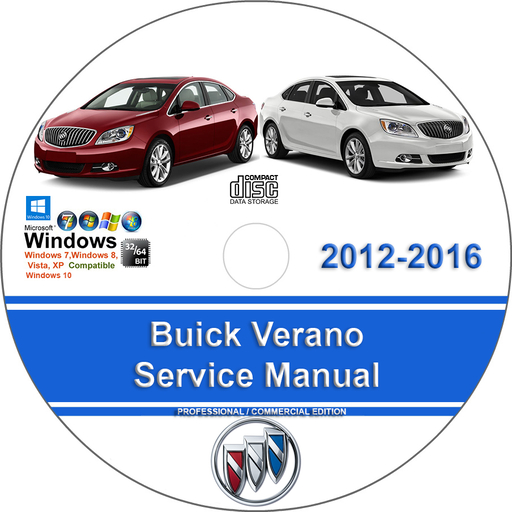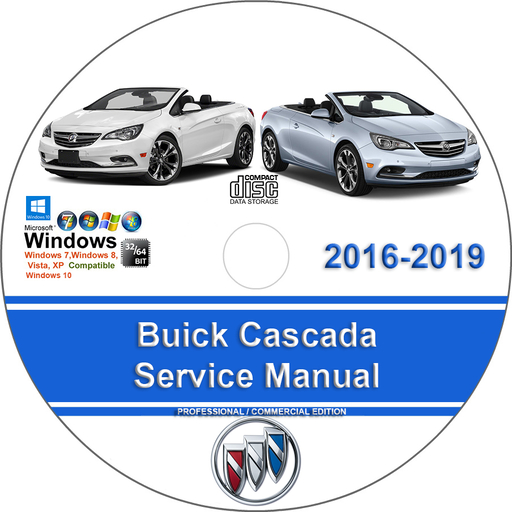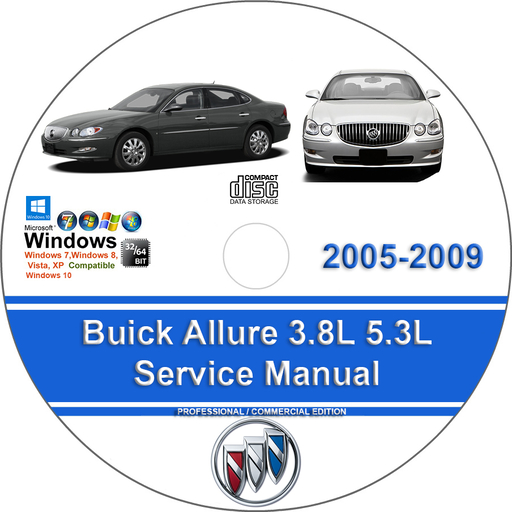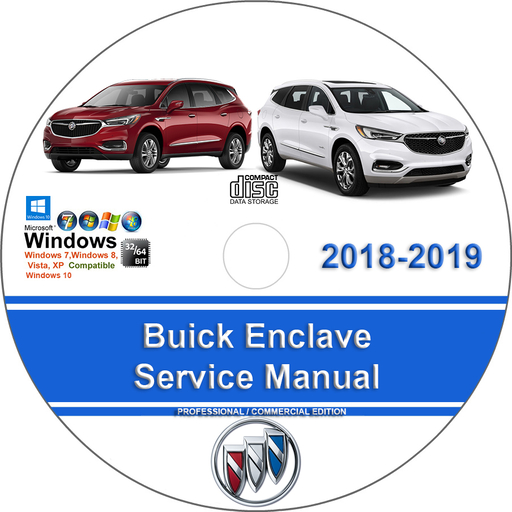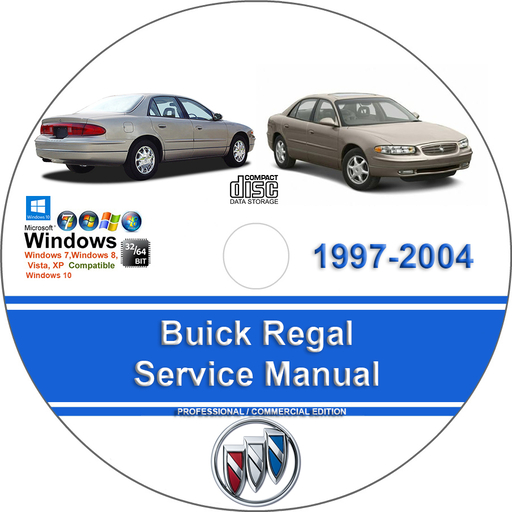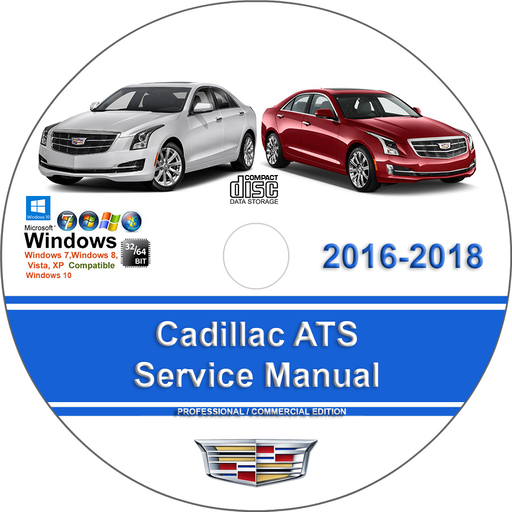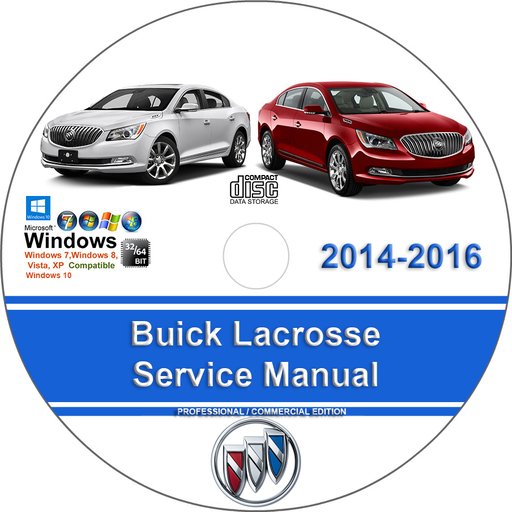Ford Taurus 2013 Factory Workshop Service Repair Manual
$39.00 – $48.00Price range: $39.00 through $48.00
Ford Taurus 2013 Factory Workshop Service Repair Manual
You can download this or I can ship it to you.
Loaded with Hi Resolution illustrations, instructions, photos, and diagrams, complete to service and repair your FORD.
32300 Pages
Ford Taurus 2013 Factory Workshop Service Repair Manual
These are the same manuals used by professionals to diagnose and repair these models.
Loaded with illustrations, instructions, photos, and diagrams, complete to service and repair your Ford.
32300 Pages
CD COVER:
Ford Taurus 2013 Service Manual
Ford Taurus 2013 Owner’s Manual
SERVICE MANUAL COVER:
General Information
Maintenance Schedules
Chassis
Suspension Removal and Installation
Suspension Disassembly and Assembly
Wheels and Tires
Tire Pressure Monitoring System (TPMS)
Driveline
Driveshaft
Rear Drive Axle|Differential
Drive Halfshafts
Brake System
Front Disc Brake
Rear Disc Brake
Parking Brake and Actuation
Hydraulic Brake Actuation
Power Brake Actuation
Anti-Lock Brake System (ABS) and Stability Control
Steering System
Power Steering
Steering Wheel Removal and Installation
Steering Column Switches
Powertrain
Engine
Engine General Procedures
Engine Assembly and Disassembly
Engine Cooling
Engine — 3.5L Ti-VCT
Engine — 3.5L GTDI
Engine — 2.0L GTDI
Engine — 3.7L Ti-VCT
Fuel Charging and Controls
Turbocharger
Starting System
Engine Ignition
Spark Plugs
Spark Plug Wires
Engine Emission Control
Positive Crankcase Ventilation (PCV) Valve
Intake Air Distribution and Filtering
Evaporative Emissions
Air Cleaner Removal and Installation
Electronic Engine Controls
Automatic Transmission
Transmission Removal and Installation
Transmission Disassembly and Assembly of Subassemblies
Transaxle|Transmission Cooling
Automatic Transaxle|Transmission External Controls
Manual Transmission, Clutch and Transfer Case
Manual Transmission Disassembly and Assembly
Four Wheel Drive (4WD) Systems
Transfer Case — Power Transfer Unit (PTU)
Exhaust System
Fuel System
Fuel Tank and Lines
Electrical
Climate Control System
Air Conditioning Removal and Installation
Instrumentation and Warning Systems
Instrumentation, Message Center, and Warning Chimes
Horn
Parking Aid — Audible
Active Park Assist
Battery and Charging System
Generator and Regulator
Information and Entertainment Systems
Audio Systems
Lighting
Exterior Lighting Removal and Installation
Fog Lamps
Headlamps
Parking, Rear and License Plate Lamps
Turn Signal and Hazard Lamps
Bulb Removal and Installation
Interior Lighting
Electrical Distribution
Anti-Theft — Passive Anti-Theft System (PATS), With Intelligent Access (IA)
Cruise Control
Remote Function
Body and Paint
Body System
Front End Body Panels
Body Closures
Doors Alignment
Hood Alignment
Luggage Compartment Lid Alignment
Front Door Removal and Installation
Rear Door Removal and Installation
Interior Trim and Ornamentation
Exterior Trim and Ornamentation
Interior Rear View Mirror Removal and Installation
Exterior Mirror Removal and Installation
Seating
Glass, Frames and Mechanisms
Instrument Panel and Console
Handles, Locks, Latches and Entry Systems — Without Intelligent Access (IA)
Wipers and Washers
Roof
Bumpers
Seatbelt System
Supplemental Restraint System
Airbag
Body Repairs
Frame and Mounting
Front End Sheet Metal Repairs
Rear End Sheet Metal Repairs
Roof Sheet Metal Repairs
Side Panel Sheet Metal Repairs
Uni-Body, Subframe and Mounting System Removal and Installation
Front Subframe
Owner’s Manual
This manual is the same as the manual used by workshops. Service Manual contains detailed instructions and step by step diagrams for all workshop procedures.
Language: English
Format: PDF – Indexed and Searchable
COMPATIBLE WITH ALL WINDOWS & MAC COMPUTERS
(WINDOWS 11, WINDOWS 10, WINDOWS 8 ETC.)
Windows/Mac/Tablet/Phone Friendly
- 3.5L Ti-VCT V6 (Standard): Standard on the SE, SEL, and Limited trims, this engine was updated for 2013 with an increase to 288 horsepower and 254 lb-ft of torque.
- 2.0L EcoBoost Turbo 4-Cylinder (Optional): This engine was new for 2013, offering 240 horsepower and 270 lb-ft of torque. It was available as an option on front-wheel-drive (FWD) SE, SEL, and Limited models.
- 3.5L EcoBoost Twin-Turbo V6 (SHO): Available only in the performance-oriented SHO model, this engine produced 365 horsepower and 350 lb-ft of torque.
- Transmission: A 6-speed automatic transmission is standard on all models. Most trims (except the base SE) included paddle shifters for manual control.
- Drivetrain: Front-wheel drive (FWD) is standard, with all-wheel drive (AWD) optional on SEL and Limited trims and standard on the SHO.
- 3.5L V6 (FWD): 19 mpg city, 29 mpg highway.
- 3.5L V6 (AWD): 18 mpg city, 26 mpg highway.
- 2.0L EcoBoost 4-cylinder (FWD): 22 mpg city, 32 mpg highway.
- 3.5L EcoBoost V6 (SHO): 17 mpg city, 25 mpg highway.
- SE: The base model features a power driver’s seat, tilt-and-telescoping steering wheel with audio controls, and Ford’s MyKey system.
- SEL: Adds features such as optional AWD, paddle shifters, and an upgraded audio system.
- Limited: The top-tier luxury trim includes leather upholstery, heated and cooled front seats, and the MyFord Touch infotainment system.
- SHO: The high-performance model includes the twin-turbo V6 engine, standard AWD, a sport-tuned suspension, and unique exterior and interior styling.
- MyFord Touch Infotainment System: Many users found the MyFord Touch system on higher trims to be complex, slow, and distracting to use while driving.
- Water Pump Failure (3.5L V6): On models with the 3.5L engine, the internal water pump can fail, leading to coolant mixing with engine oil and causing major engine damage. This can be a very expensive repair.
- Poor Outward Visibility: The car’s thick roof pillars and high beltline create limited outward visibility, particularly when backing up. A rearview camera is highly recommended.
- Automatic Headlight Malfunction: Some owners have reported issues with the automatic headlight system malfunctioning.
- Idle Air Bypass Valve: Some models have had issues with the idle air bypass valve, which can cause engine performance problems and stalling.
| Medium | USB Flash Drive, DVD, Download |
|---|
